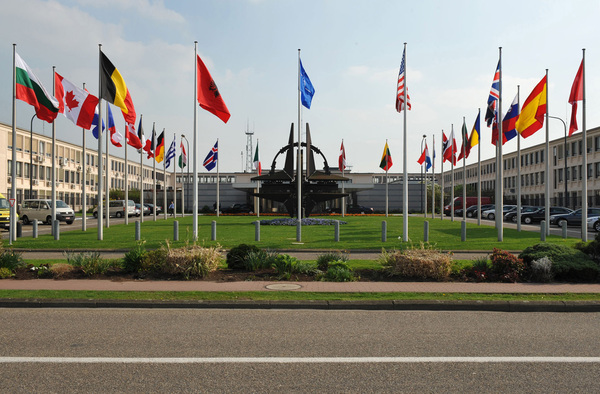
From Julian Lindley–French, New Atlanticist: One of the many problems is that today’s distinction between NATO members and partners is entirely artificial. Indeed, it is hard to imagine any sizeable NATO operation ever again taking place without partners. During Operation Unified Protector over Libya there were on occasions as many partner states taking part as members. And yet, in principle at least, non-participating members had more influence over critical NATO decisions than fully-participating partners. That is the strategic equivalent of defying political gravity and if it continues poses a greater threat to the future credibility and viability of the Alliance than any perceived failure in Afghanistan. . . .
NATO’s true utility can only be defined once its place in American grand strategy has been established and that is a-changing. Especially so as the more the Europeans cut defense the more reliant they are on the US. Unfortunately, implicit in the ‘pivot’, the ‘rebalancing’, the ‘global Yank’ (shiver) or whatever one wants to call Washington’s potential zweifrontenskreig, a new strategic contract beckons between NATO and its erstwhile member America. That contract is essentially simple: NATO must take care of security for both members and partners in and around Europe to ease pressure on the US elsewhere. If not the American security guarantee will over time fade. Of course, the Americans will stay for the big stuff—Iran—but much else will fall to the Europeans.
Given the parlous state of Europe’s armed forces, lessening risk will thus mean shifting the balance from collective defense and crisis management to co-operative security and that means partners and partnerships much more tailored to the needs of the individual states critical to Alliance security. The needs of Finland and Sweden as partners are a world away from the needs of, say, Egypt, Libya, or Saudi Arabia.
The trouble is that it is bureaucracy and resource-constraint that is driving NATO’s partnership policy, not strategy. Last year to make things simpler for the NATO-crats a new Partnership Co-operation Menu was offered. The aim was to centralize the various partnerships into something far more ‘efficient’. In fact, all it did was to paralyze partnership as certain member-states were given yet another opportunity to block Alliance development so that they could pursue their own narrow agendas.
At the military level such grandstanding is becoming dangerous. NATO could become a military interoperability school, critical to doing military things together and better and thus supporting the flexible coalitions of both members and partners that are the future for all Alliance military operations. However, until the essential divide with the Alliance is resolved between NATO globalists and NATO’s little Europeans it is difficult to see the Alliance being anything other than a school for defense scoundrels, who find themselves forever in detention for not having made sufficient effort.
Julian Lindley-French is Eisenhower Professor of Defence Strategy at the Netherlands Defence Academy, Fellow of Respublica in London, Associate Fellow of the Austrian Institute for European and Security Studies and a member of the Strategic Advisory Group of the Atlantic Council. He is also a member of the Academic Advisory Board of the NATO Defence College in Rome. This essay first appeared on his personal blog, Lindley-French’s Blog Blast.
Image: nato10.jpg
